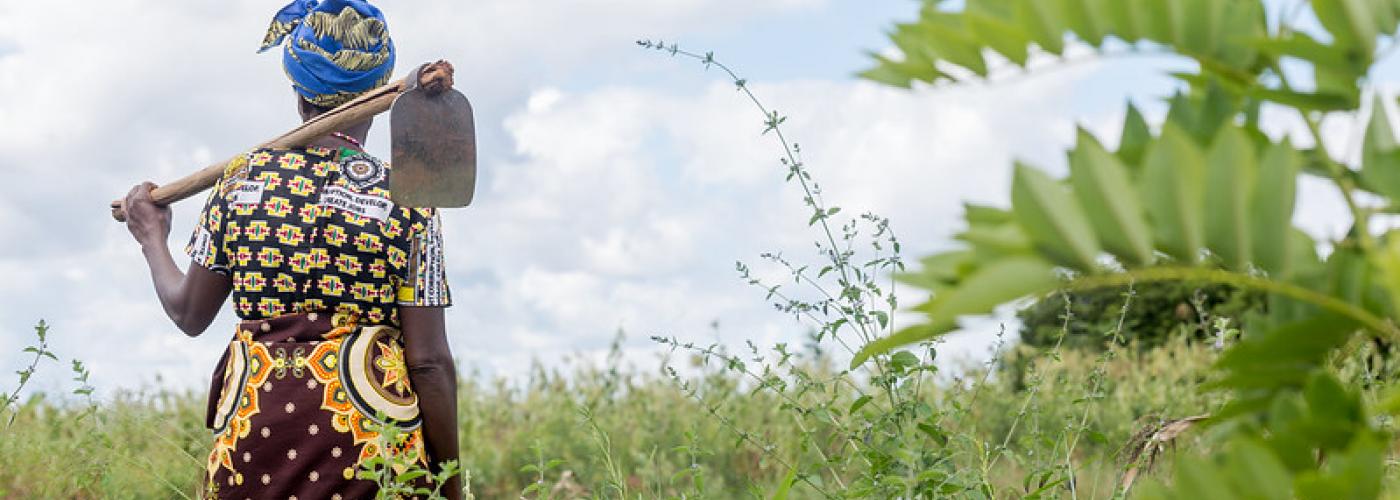COVID-19 and Blended Finance: Five Ways to Adaptively Respond
Image

This post introduces an article that was originally posted on the LINC website, and shares insights from interviews with a variety of blended finance actors about 5 ways donors can adaptively respond to the crisis.
Since the emergence of the novel coronavirus late last year, it has infected more than 2.6 million people, put nearly a third of the world’s population on lockdown, and upended the global economy. Commonly referred to as COVID-19, the disease caused by the virus, its reach is global, and its health and economic consequences are currently affecting all of our societies. Capital is in full flight, particularly from developing countries, and one of the serious consequences of COVID-19 is that this capital departure will impede our ability to finance critical development projects in the years to come. While the development community’s immediate focus is rightly on saving lives and preparing developing countries to deal with an expected wave of infections, learning to adapt to the changed investment landscape and harness increasingly limited resources for development will be critical to our ability to help finance the worldwide recovery.
Recognizing that traditional donors do not have the resources or expertise to single-handedly solve the world’s development challenges, blended finance harnesses the power of the private sector to help finance development outcomes. Blended finance uses public and philanthropic resources to mobilize private capital to achieve development outcomes. Put more simply, it means using funds from a donor (like USAID) or a philanthropic source (like a foundation) to attract funds from a private sector investor and using these “blended” funds to help solve a development problem. By “crowding in” private sector funds that would not otherwise have been devoted to a development problem, blended finance can mobilize more financial resources to solve development challenges.
Much is still unknown about how COVID-19 will influence long term development goals but in interviewing a variety of blended finance actors recently, we identified COVID-19’s primary challenges and five ways donors can adaptively respond to the crisis.
The full article is available to read or download below.

LINC is the implementer of the USAID CAPx (Capital Impact Exchange) Activity, which is designed to advance the knowledge base, generate and analyze evidence, and adaptively inform USAID’s efforts to catalyze private investment for development outcomes.

